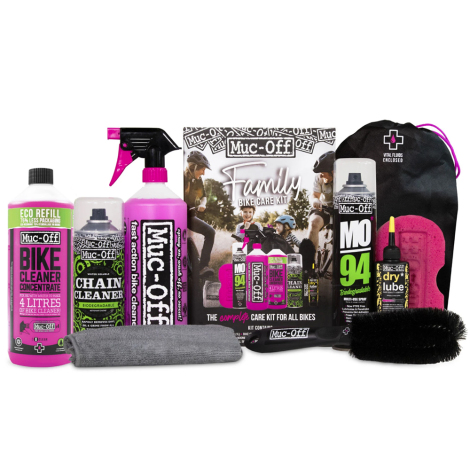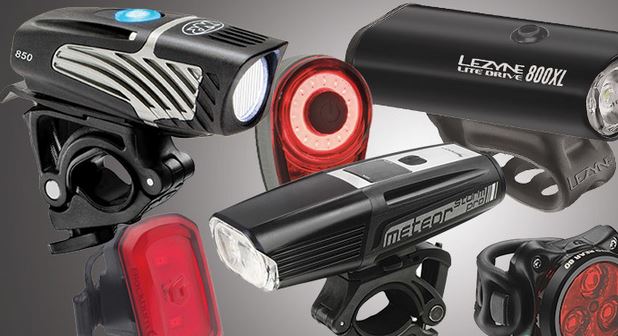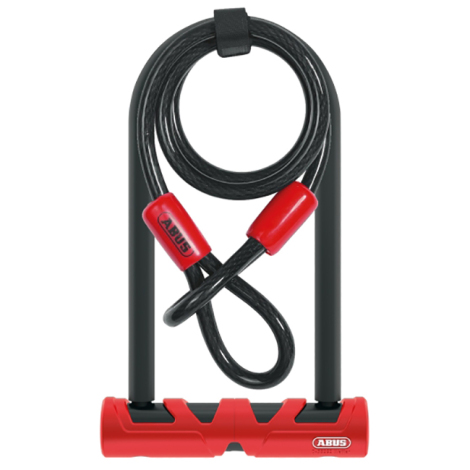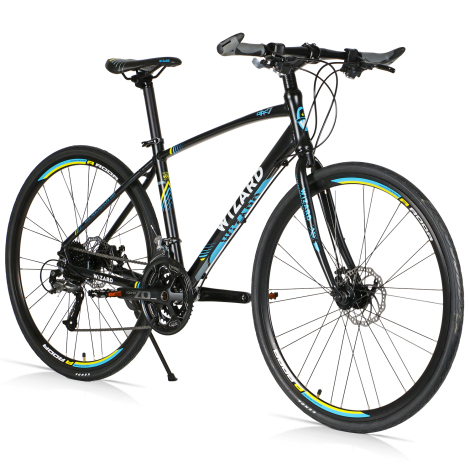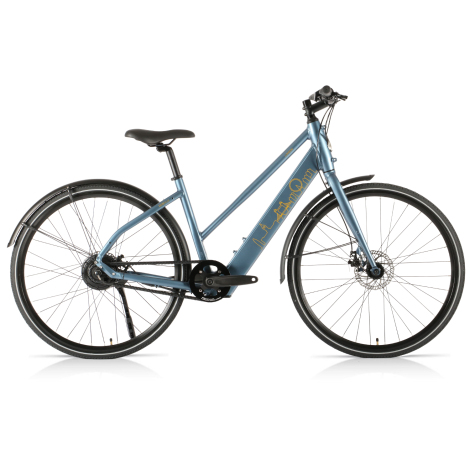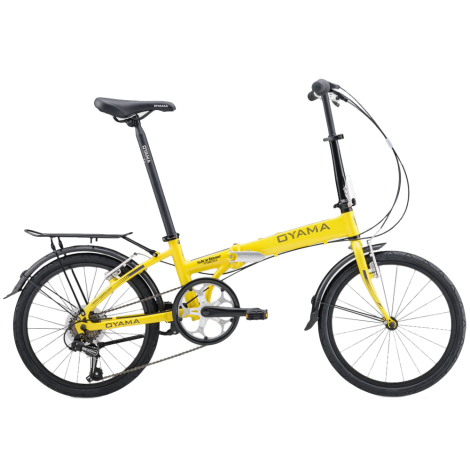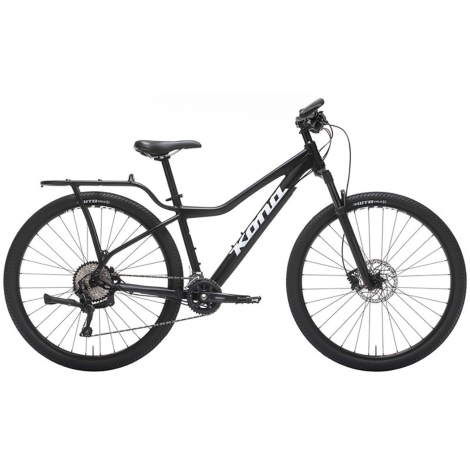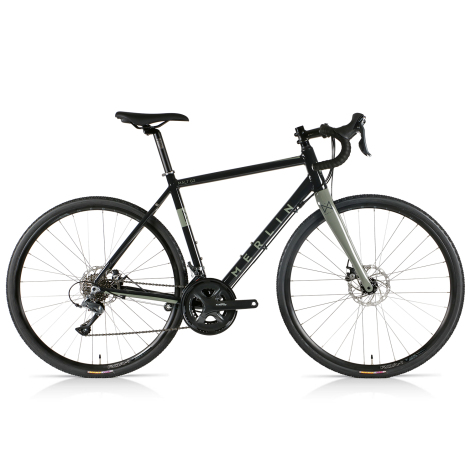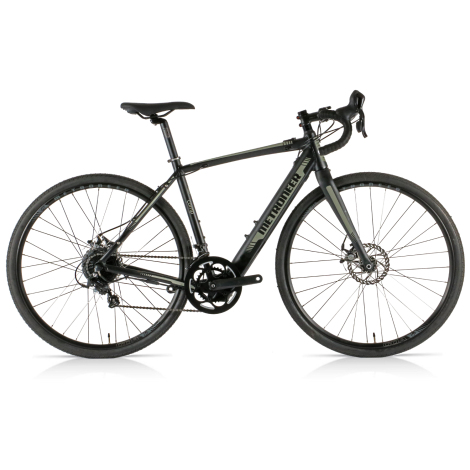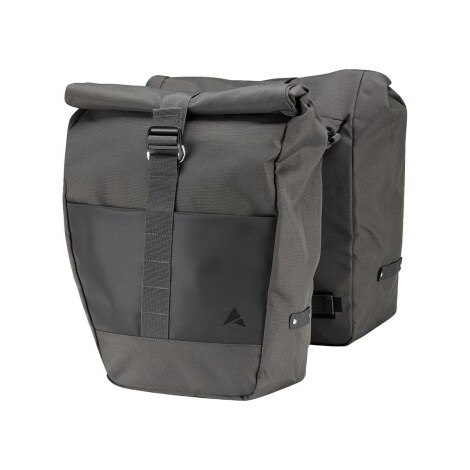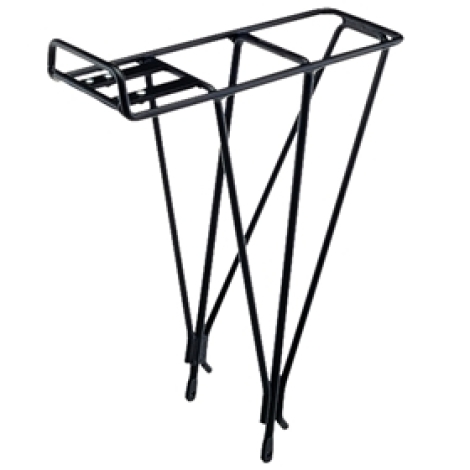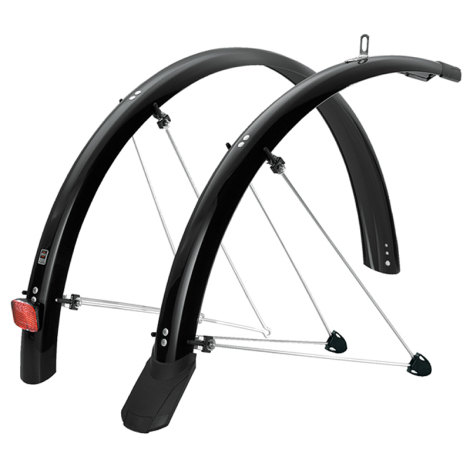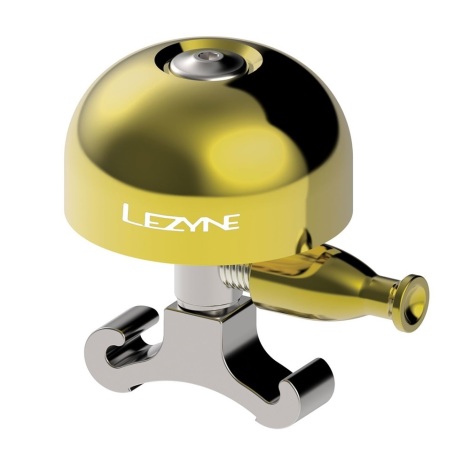Bike riders are usually well aware of how much fun, enjoyment, health, fitness and happiness can be found riding a bike. However, more and more bike riders and non-regular bike riders are looking to use a bike for transport. This is often to reduce short distance car journeys and incorporate more active travel into their lifestyle. Here are some tips for using your bike even more than ‘just’ for leisure, health, fitness & fun.
Check out how bicycle commuting will improve your body here.
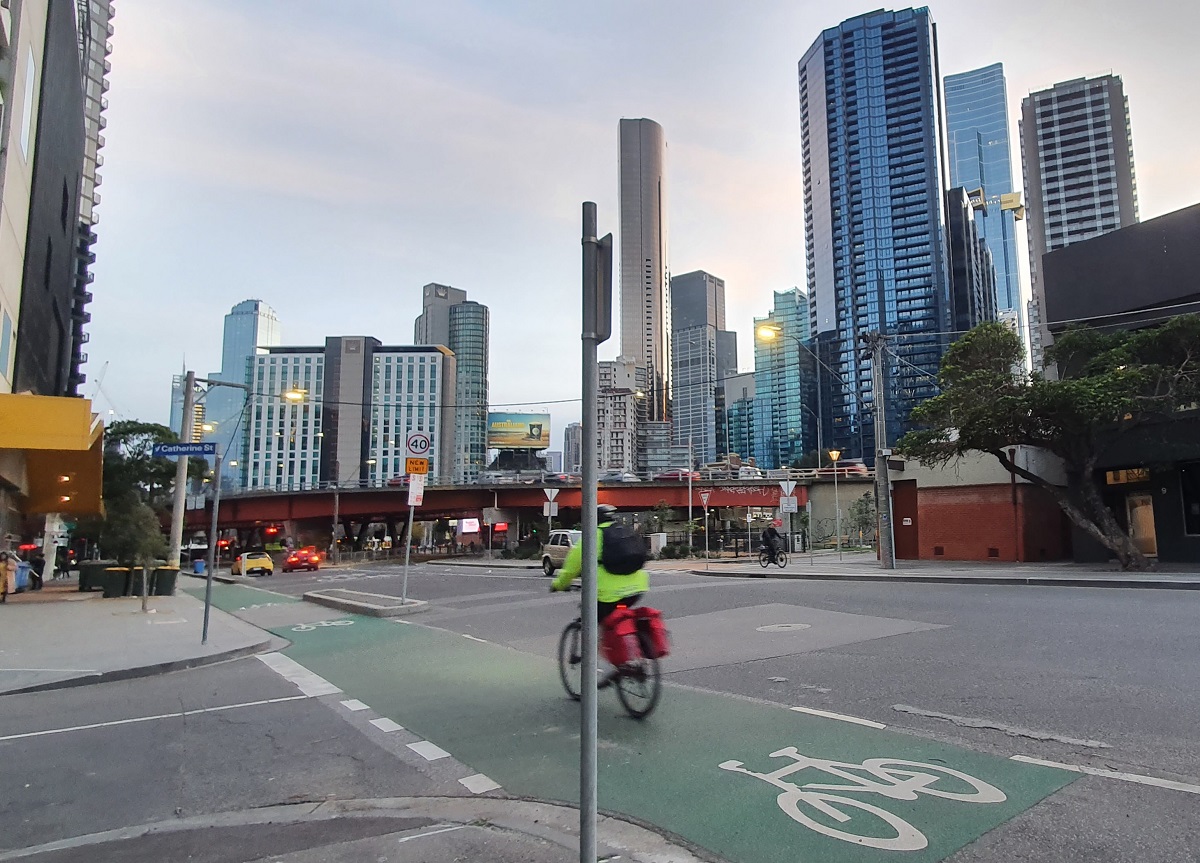
Test Run
If you are considering riding to work instead of driving or using public transport, do a dry-run on a non-work day. The ride in, (whilst not under pressure of getting to work on-time) will allow you to work out what time you will need to leave home and also look at alternative routes / paths. The route you drive might not be the most safe or fastest route to ride. Using shared paths, bike lanes and even trails and canal tow paths can all make the ride-in more interesting, they also tend to have cleaner air too, compared to busy roads.
Plan What You Need
The first ride to work needs a bit of thought. Will you need a change of clothes when you get there? Is there somewhere to wash or will you need deodorant? Can you charge lights or on E-Bike battery at work? If you need to, writing a list should prevent you getting to work missing that thing you meant to remember, you know the one…
Shop Trip
Collecting the weekly groceries can take a bit more than just a regular bike, particularly if you have a family or shopping for multiple people. Several shopping bags full, will need racks and panniers to transport a similar volume of shopping to what can be transported by car. If you live relatively near your local shops, it might be easier to ride two trips per week on the bike rather than driving one trip.

Road Load
If you are considering riding to the shops for groceries, start small. A smaller first-time shop ride will allow you to get used to the extra weight on your bike. As a rough guide, with liquids such as milk, 2 litres is going to weigh around 2 kg and 12 little bottles of beer, around 5kg – so if weight is an issue, be careful how much heavier groceries you collect in one trip. If you are loading panniers, keeping the heavier items lower to the ground and fairly balanced on both sides will make the bike more predictable on the ride home.
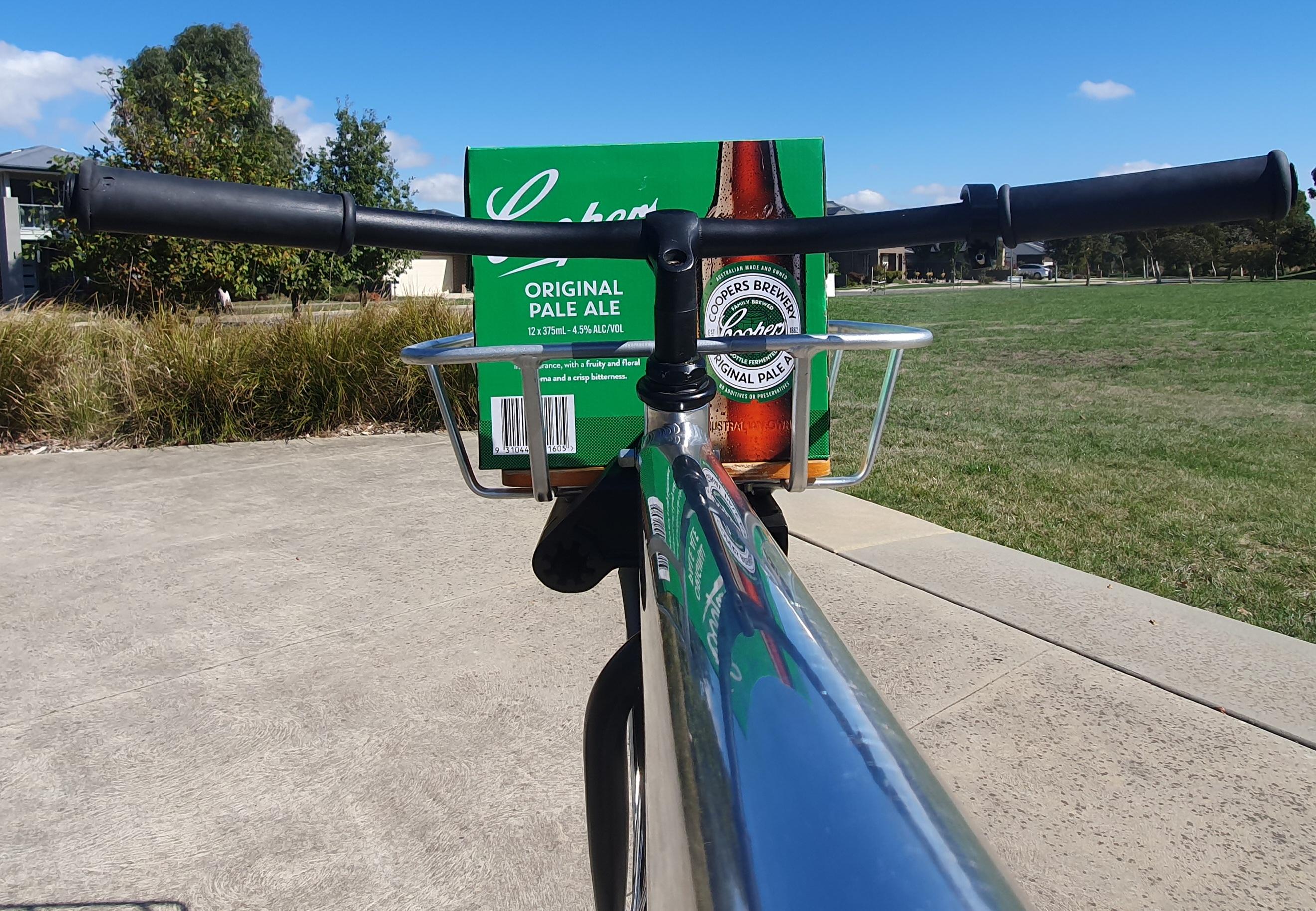
Pack for Motivation
If you have a front rack, loading up snacks where you can glance down while you ride home should provide all the motivation you need. Try to resist the temptation to consume them on the way home though…
Remember you are travelling by bike when you navigate the middle isles in Aldi. While it might be possible to ride home with random extra purchases, an angle grinder, 50″ Television and snorkelling kit, it might not be too safe for the ride home.
Paint Protection
While frame protection stickers protect the parts of the frame which usually suffer cable rub and chain slap, commuting or riding to the shops, brings up plenty more opportunities to scratch your bike. Parking and locking your bike needs a little bit of thought. Gaffa / Gorilla tape layered around where lock contacts the frame does two jobs. Firstly it protects your frame. Secondly, it makes your bike look a bit rubbish and should put off potential thieves.
Clean
Keeping your bike clean is essential for keep it running well in the long term. Check out our blog on cleaning here. Even if you are pushed for time, a quick wash, rinse and drivetrain degrease / oil can be done in just a few minutes with practice.
Lights
Many bike riders choose to ride with daytime lights for extra visibility, especially when the weather is gloomy. Lights provide various levels of power output, and come in all shapes and sizes. Check out our blog on lights.
Check
While giving your bike a quick clean, use this as an opportunity to check it is still safe and working as it should. Check out the British Cycling video on checking your commute bike below.
Secure
Bikes get stolen much more often these days. There is nothing worse than finishing work, looking forward to getting home and then finding that your means of transport has been taken. The key to avoiding this, is to make it as hard as possible for potential thieves.
1 Invest in a decent quality lock.
2 Swap quick release skewers & seat post bolts for Allen key bolts. If your ride is electric, remove the battery and take it with you (can you sneak a worktime re-charge?).
3 Make sure your lock is attached to something non-movable which it can’t be lifted over or easily cut through. Ideally, purpose built bike parking locking plates. Locking through both the frame and wheels is the best way to deter a bike thief, they will look for an easier option.
4 If possible, lock it where it can be seen by yourself or a work mate. Or at the very least somewhere with a high volume of foot traffic passing by. Lock the bike with the lock mechanism off the ground and facing downward & out of sight.
5 Find out if there is opportunity to park & lock the bike within your workplace premises. As more people take to riding in to work, there might be enough people to justify some work based parking.
6 Consider taking out bike insurance which covers commute parking.
Choices…
The good news is, you can pop to the shops or commute on any bike and in any clothes. However, riding in colder, wetter weather is much more comfortable in weather specific clothing. Depending on where you live and work, there could be some lovely new bike riding infrastructure or maybe opportunities to get off the tarmac and use canal tow paths, bridleways, green-lanes and parks. If you need a little assistance to get to the office with less effort, have a look at our ebikes. Here’s our current pick of bikes and accessories to get you to work or the shops and maybe have a bit of fun on the weekend…
Bike to Work Week 2023 will be taking place from 15-21 May, and Bike to Work Day is on Friday, May 19 – so why not give it a whirl…

